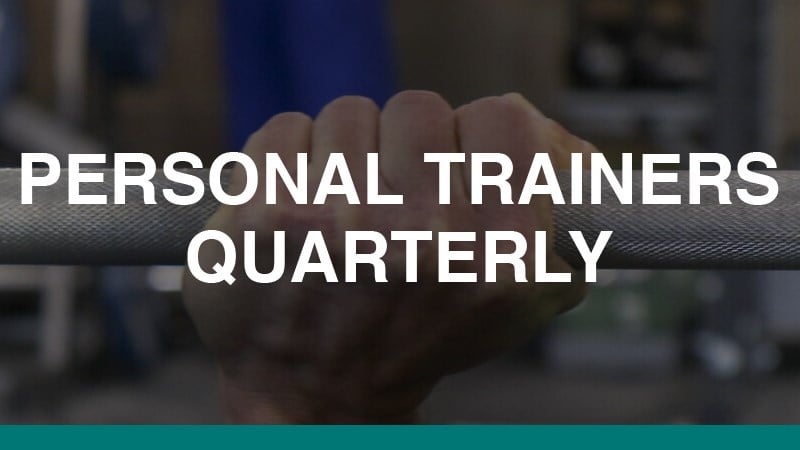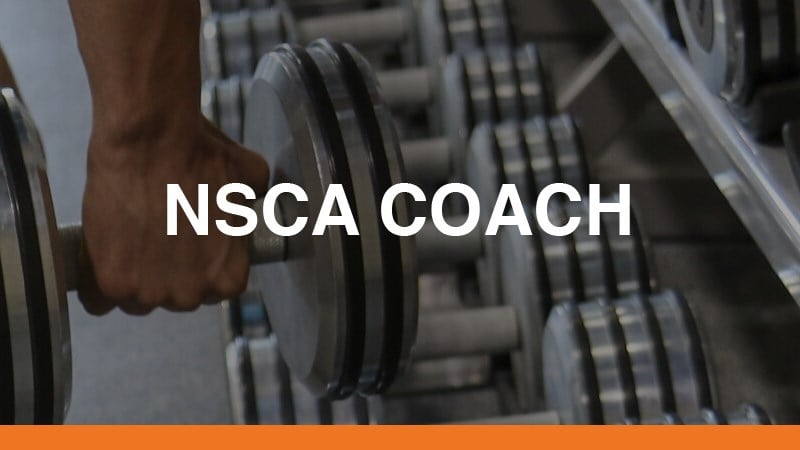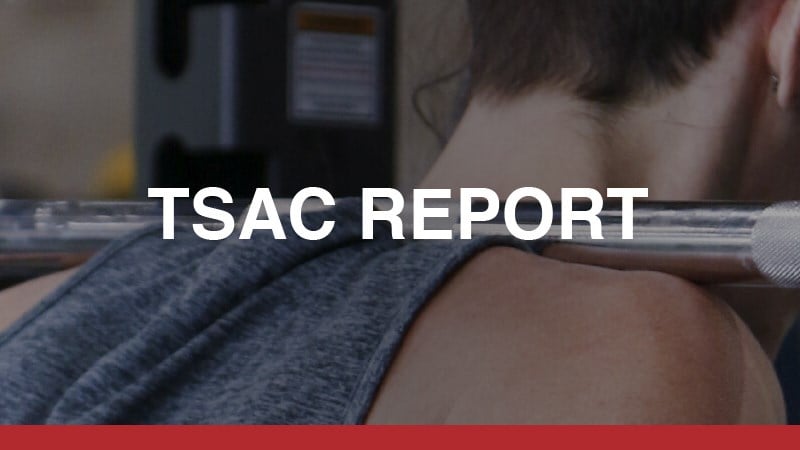Articles
Featured Articles

Common Medications that Lifters Over 40 Take, and How they Affect Exercise and Nutrition
by Igor KlibanovOctober 30, 2020
This article aims to offer guidance on the effects of certain medications, as well as help personal trainers and their clients in the consultation process with qualified physicians and pharmacists.

The Effects of Alcohol on Athletic Performance
by Claire Siekaniec, MS, RD, CSSDJune 01, 2017
The effects of alcohol on athletic performance vary depending on quantity, demographics, and type of exercise, making it difficult to determine specific recommendations. From an athletic performance standpoint, the acute use of alcohol can influence motor skills, hydration status, aerobic performance, as well as aspects of the recovery process.

Stress Inoculation Training in Tactical Strength and Conditioning
by Craig WellerApril 01, 2013
Tactical jobs are fast-paced, physically and psychologically intense, and failure can have tragic consequences, making it vital to train tactical athletes to perform better under stress.
Latest Articles
The Importance of Training for Power in the Senior Population
By Allen Hedrick, MS, CSCS,*D, FNSCA | July 08, 2025This article provides considerations to counteract the decline of muscular fitness in older adults.
Harnessing the Power of Beet Juice – Enhancing Athletic Performance through Dietary Nitrates
By Eric Gerlach, MS | July 04, 2025This article delves into the impacts of beet juice supplementation on endurance and high-intensity intermittent exercise.
Muscle Mass Preservation in Middle-Aged Women – Strategies for Personal Trainers
By Amanda Poulin, MS, RDN, LD, CDCES, NSCA-CPT, and Bridget Melton, EdD, CSCS,*D, TSAC-F,*D | July 02, 2025This article provides personal trainers with strategies to help their middle-aged perimenopausal clients in reaching their body composition goals.
Read more articles.
Collections and Reports
Free Articles
Our collection of free articles covers topics such as safety, exercise technique, nutrition, and much more. Filter by audience or topic to narrow your search.
Exercise Science Articles
Coaching Articles
Personal Training Articles
TSAC Facilitator Articles
Professional Development
Member Only Articles
NSCA Retraction and Correction Policy
Many of these articles come from NSCA's publications, which NSCA offers to provide you with a valuable balance of the newest findings in strength and conditioning research. As some of the most sought after in the industry, these publications are top resources for your continuing education and professional development.
- Privacy Policy
- Your Privacy Choices
- Terms of Use
- Retraction and Correction Policy
- © 2025 National Strength and Conditioning Association